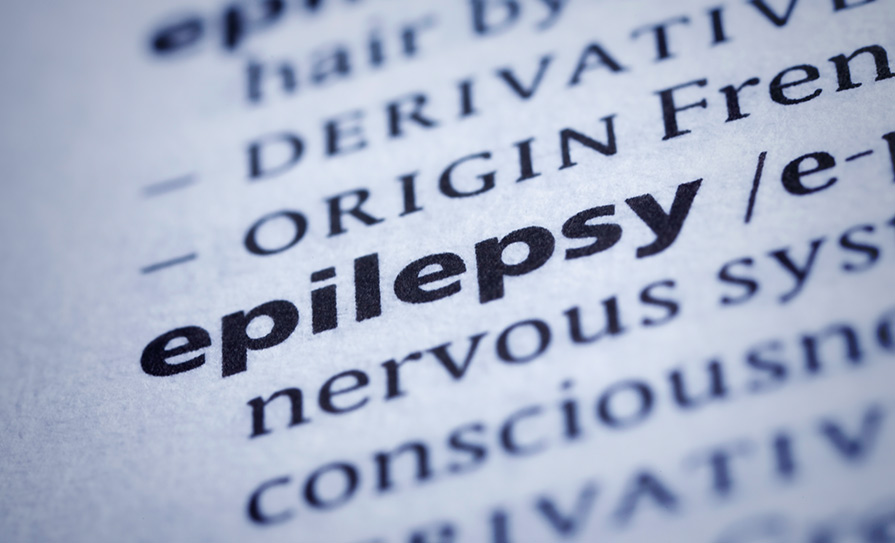
The largest genetic study of epilepsy to date provides new insights on why epilepsy develops and potential treatments
The largest genetic study of its kind, coordinated by the International League Against Epilepsy, including scientists from FutureNeuro at RCSI University of Medicine and Health Sciences, has discovered specific changes in human DNA that increase the risk of developing epilepsy.
The research, published earlier this year in Nature Genetics, greatly advances knowledge of why epilepsy develops and may inform the development of new treatments for the condition.
Epilepsy is known to have genetic component and to sometimes run in families. In this study, researchers compared the DNA from diverse groups of almost 30,000 people with epilepsy to the DNA of 52,500 people without epilepsy. The differences highlighted areas of DNA that might be involved in the development of epilepsy.
The researchers identified 26 distinct areas in DNA that appear to be involved in epilepsy. This included 19 which are specific to a particular form of epilepsy – ‘genetic generalised epilepsy’. They were also able to point to 29 genes that are probably contributing to epilepsy within these DNA regions.
The scientists found that the genetic picture was quite different when comparing distinct types of epilepsy, in particular, when ‘focal’ and ‘generalised’ epilepsies were compared. The results also suggested that proteins that carry electrical impulse across the gaps between neurons in our brain make-up some of the risk for generalised forms of epilepsy.
“Gaining a better understanding of the genetic underpinnings of epilepsy is key to developing new therapeutic options and consequently a better quality-of-life for the over 50 million people globally living with epilepsy,” said Prof Gianpiero Cavalleri, Professor of Human Genetics at RCSI School of Pharmacy and Biomolecular Science and Deputy Director of the FutureNeuro centre.
“The discoveries we report on here could only be achieved through international collaboration, on a global scale. We are proud of how the global community of scientists working to better understand the genetics of the epilepsies have pooled resources and collaborated effectively, for the benefit of people impacted by the condition,” commented Prof Cavalleri.
The researchers also showed that many of the current medications for epilepsy work by targeting the same epilepsy risk genes that were highlighted in this study. However, based on their data, the researchers were able to propose some potentially effective alternative drugs. These will need to be clinically tested for use in epilepsy as they are normally used for other conditions, but they are known to target some of the other epilepsy risk genes uncovered.
“This identification of epilepsy-associated genetic changes will allow us to improve diagnosis and classification of different epilepsy subtypes. This in turn, will guide clinicians in selecting the most beneficial treatment strategies, minimising seizures,” said Prof Colin Doherty, Consultant Neurologist, St James’s Hospital, Dublin, co-author, and Clinical Investigator at the FutureNeuro centre.
Over 150 researchers, based across Europe, Australia, Asia, South America, and North America, carried out the research. They worked together as part of the International League Against Epilepsy (ILAE) Consortium on Complex Epilepsies. The ILAE Consortium was formed by researchers in 2010, recognising that the complexity of genetic and environmental factors underlying epilepsy would require research across massive datasets, and therefore unprecedented collaboration on an international scale.
“Undertaking such a comprehensive study is a remarkable achievement that the RCSI and Futureneuro are proud to have played a leading role in. The challenge now is to translate the findings of this research to improve the lives of people with epilepsy,” concluded Prof Cavalleri.
“With this study, we have bookmarked parts of our genome that should be the major focus of future epilepsy research. It will form the basis for further work looking at the molecular pathways involved in seizure generation, neuronal dysfunction and altered brain activity,” said Prof Samuel Berkovic, University of Melbourne.
Reference
International League Against Epilepsy Consortium on Complex Epilepsies. GWAS meta-analysis of over 29,000 people with epilepsy identifies 26 risk loci and subtype-specific genetic architecture. Nat Genet. 2023 Sep;55(9):1471-1482





Leave a Reply
You must be logged in to post a comment.